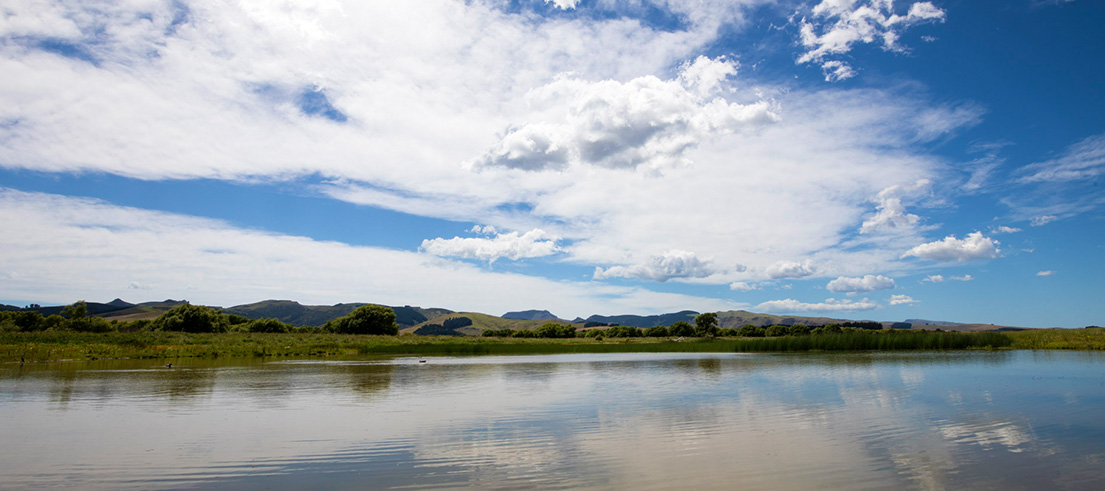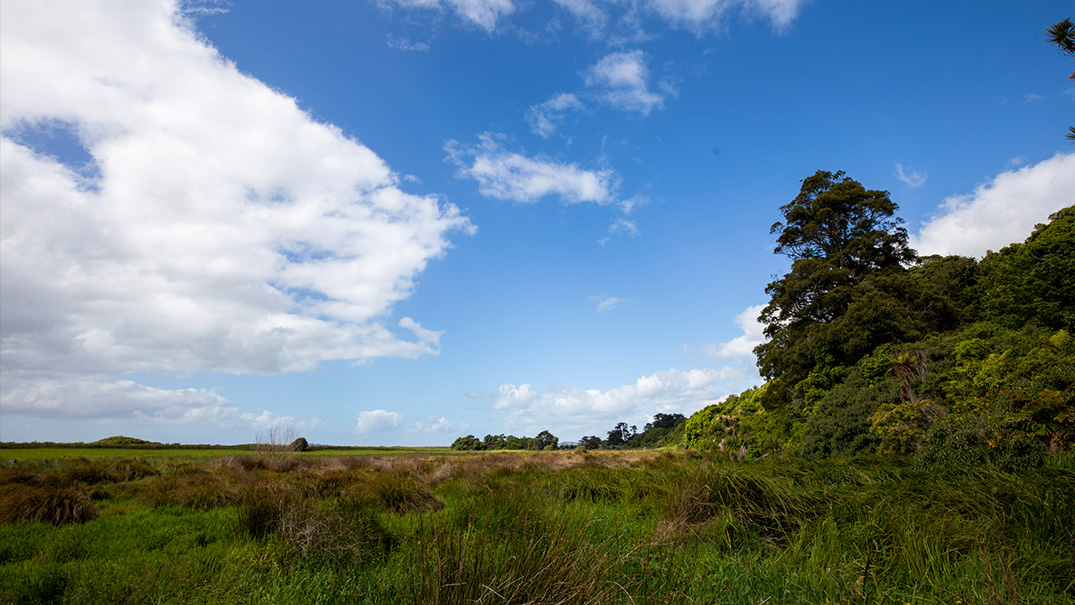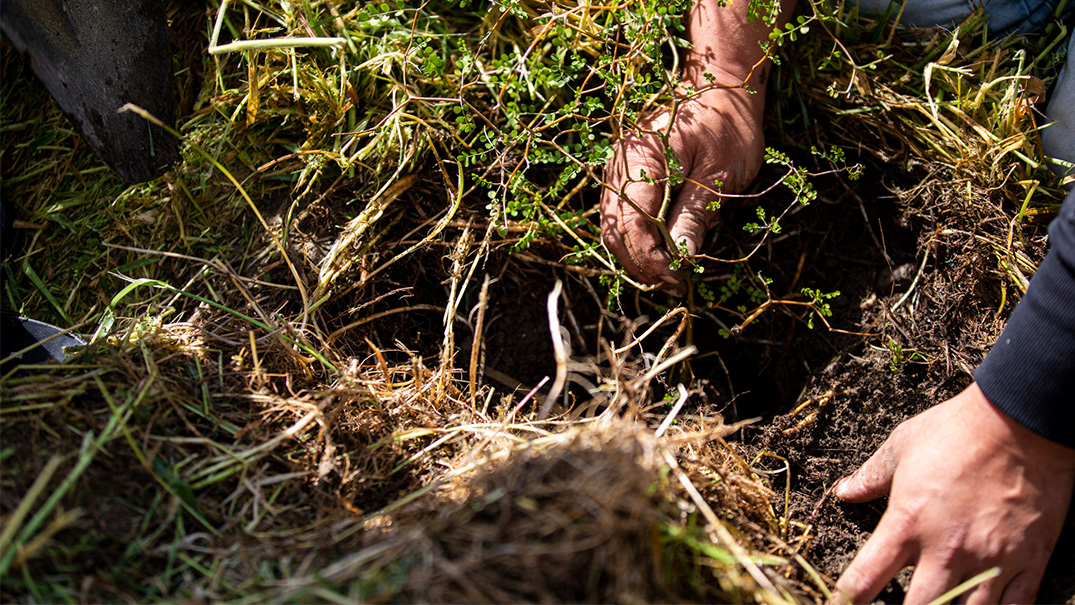
Biodiversity project effectiveness tool proves long-term successes
A new effectiveness tool for biodiversity projects has shown medium-term ventures to be highly effective, as have projects with legal protections or that are actively managed after the projects have concluded.
A level of service in the 2018-28 Long-Term Plan required the biodiversity team to report on the effectiveness of projects, as a significant component of our biodiversity programme is on-the-ground projects in partnership with landowners, agencies, non-governmental organisations and others on private and public land.
A proposed framework was developed and trialled by land and aquatic ecology staff on two biodiversity projects. The resulting framework uses a range of expected standardised outcomes for different actions such as fencing, weed control, planting, animal pest control, and mahinga kai.
For every project, experienced biodiversity staff conduct a rapid assessment between three and four years after project completion to determine the intermediate-term effectiveness of the project, plus the likelihood of longer-term success.
Generally, two projects in Canterbury’s 10 water management zones are assessed annually. So far, a total of 55 projects have been evaluated by the tool. Snapshots of the findings have been published annually since.
The tool’s results so far
The data collected through the framework has revealed that project effectiveness overall in the medium term was high and mostly on track to meeting the project outcomes.
The data also suggests that projects with legal protection or are actively managed averaged higher scores for intermediate-term effectiveness and likelihood of longer-term effectiveness. This information will be used to inform longer-term, higher-level programme outcomes.
Our regional biodiversity team leader Shaun Burkett said project and programme outcome reporting can be a challenge across the organisation.
"But we’re really proud that we’ve risen to the challenge and developed a tool that has met the Long-Term Plan Level of Service requirements, works for the staff, and is starting to inform a bigger picture.
"Past and present members of the regional biodiversity team should be proud to see their hard work and careful thinking paying off," he said.


